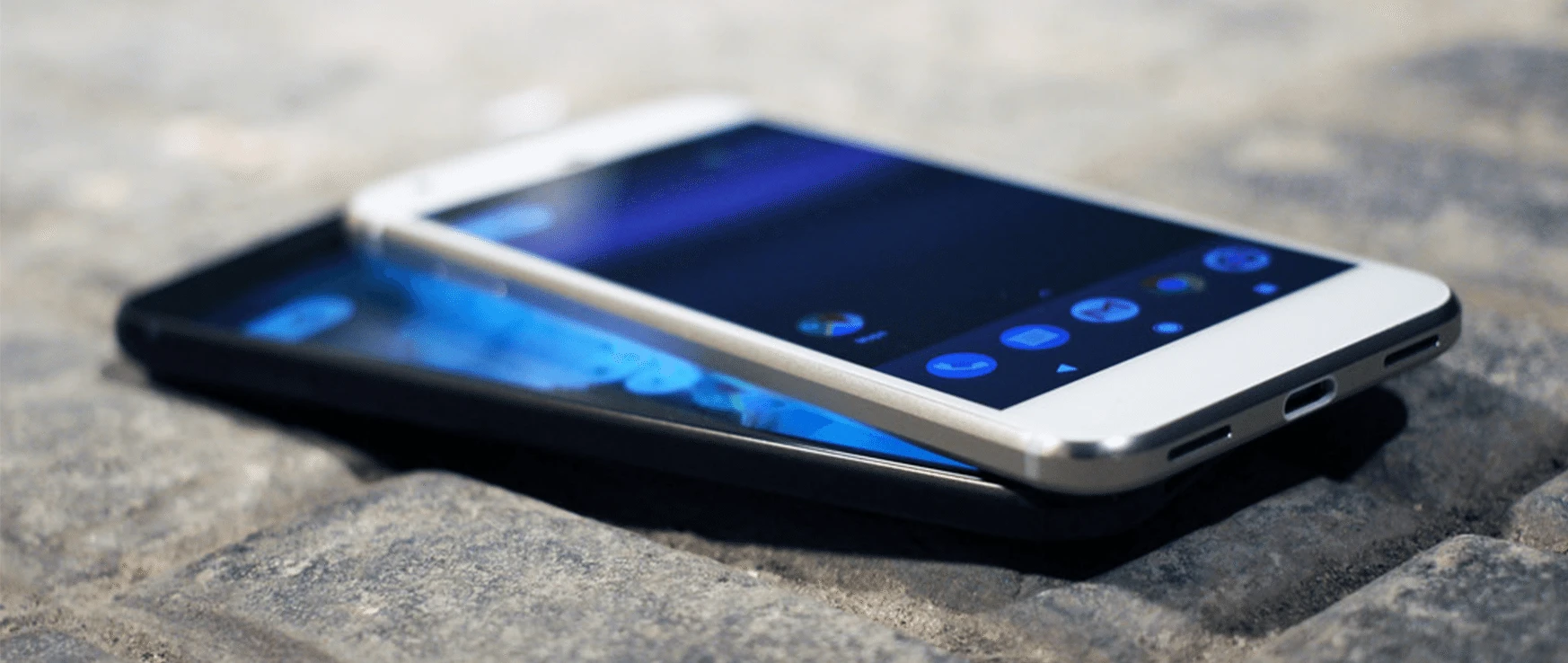3 Common iPhone Problems and How to Fix Them

We love our iPhones wholeheartedly — much of CPR is even #TeamiPhone — but even we can admit that they aren’t immune to damage or dysfunction. Electronics degrade as time goes on and accidents occur. Luckily, these iPhone issues have easy solutions. Try using our technicians’ tips to resolve these three common iPhone problems!
Most Common iPhone Issues and Their Solutions
A damaged device can be very frustrating, but we recommend trying one of these fixes before giving up on your iPhone.
Note: Before trying any of these solutions, you should back up your iPhone to iCloud to avoid losing anything!
Turn Your Apple Device Off and On Again
We know it’s a cliche, but sometimes all your iPhone needs is a reboot. Press and hold the volume down and power buttons at the same time. Then, once your device is back on, check to see if your problem has been resolved. If the problem persists, try one of the following solutions!
Update Your Operating System and Apps
Out of date software can be the cause of many problems. Ensuring you have the latest version of iOS and updating your apps could resolve your issues.
To update your iPhone’s operating system:
Open Settings > General > Software Update. If an iOS update is available, it will appear on the screen. Since software updates often contain new features and crucial security patches, it’s best to let your iPhone update automatically. At the top of the screen, you should see Automatic Updates. Once open, toggle Download iOS Updates and Install iOS Updates to the on position.
To update apps on your Apple device:
Open your App Store profile by tapping on the icon at the top of the screen, then choose Update All. You can also set these updates to happen automatically by navigating to Settings > App Store and toggling on App Updates.
If rebooting and updating your iPhone’s operating system doesn’t solve the problem you’re experiencing, try using one of the following solutions.
1. iPhone Battery Doesn’t Charge or Drains Quickly
It’s normal for lithium-ion batteries in modern electronic devices to wear down over time. After about 500 charging cycles, or a few years, battery life significantly declines. You can check your iPhone’s battery health in Settings > Battery > Battery Health to see what percentage of charge capacity is left. It’s here that you can also toggle on Optimized Battery Charging to reduce battery aging.
If your battery health is 80% maximum capacity or above,
there are a few things you can do to limit iPhone battery drain, including:
- Turn on Low Power Mode,
- Disable Auto-Brightness,
- Turn off Background App Refresh,
- Switch to Dark Mode,
- and more.
When your iPhone won’t charge, even after leaving it on the charger for at least an hour and you’ve tried to force restart it, you can try these tips:
- Try using a different USB adapter and charging cord
- Test multiple wall outlets
- Check your iPhone’s charging port for dust, debris, lint, etc.
- If you have an iPhone 8 or above, try using a wireless charger
If none of these solutions work, you may need to replace your iPhone’s battery. If your device is still under warranty, you might be able to have your battery replaced for free at the Apple Store. If your charging port is the problem or your warranty is expired, a local Cell Phone Repair shop can replace your battery for you. Switching out your iPhone’s damaged hardware with new, genuine Apple parts will usually do the trick.
2. iPhone Won’t Connect to Wi-Fi
What’s more frustrating than when our devices fail to connect to a Wi-Fi network? When you’re having connectivity issues:
- Try troubleshooting your Wi-Fi! Start by confirming that your router is on and working. Are other devices in your home still connected? If not, unplug your router, wait at least 30 seconds, and plug it back in. Make sure all the cables are secure and connected and that the lights come back on.
- Look at your Control Center to ensure that the Wi-Fi icon is selected.
- Still not working? Open Settings > Wi-Fi, tap on your network and make sure Auto-Join is enabled.
- If your iPhone still refuses to connect, try tapping Forget This Network. Then reboot your device and router again, and try reconnecting to your Wi-Fi network.
As a last resort, you can reset all Wi-Fi network data, cellular network settings, and VPN settings on your iPhone. To do this, open Settings > General > Reset > Reset Network Settings.
Note: This is a viable solution for mobile data connectivity issues too.
3. Apple Device Won’t Turn Off or On
When your iPhone doesn’t respond or the touch screen freezes, it becomes impossible to turn your device off. Luckily, you can force restart your iPhone:
- Quickly press and release the volume up button.
- Next, quickly press and release the volume down button.
- Press and hold the power button until you see the Apple logo, then release the power button.
The process will be slightly different if you have an older iPhone model. For the iPhone 7, you need to press and hold the power button and the volume down button until you see the Apple logo on the screen. For iPhone 6s, the original iPhone SE, or older, press and hold the power button and Home button until the Apple logo shows up on your iPhone screen.
Accidents happen, but before you go out to buy a new iPhone, consider bringing your device into a CPR store near you for a fast, affordable repair. Consider purchasing a screen protector or phone case in-store to extend the life of your mobile device. Our technicians can help you with many issues, including those listed above. If your iPhone problems persist, we’d be more than happy to help!



